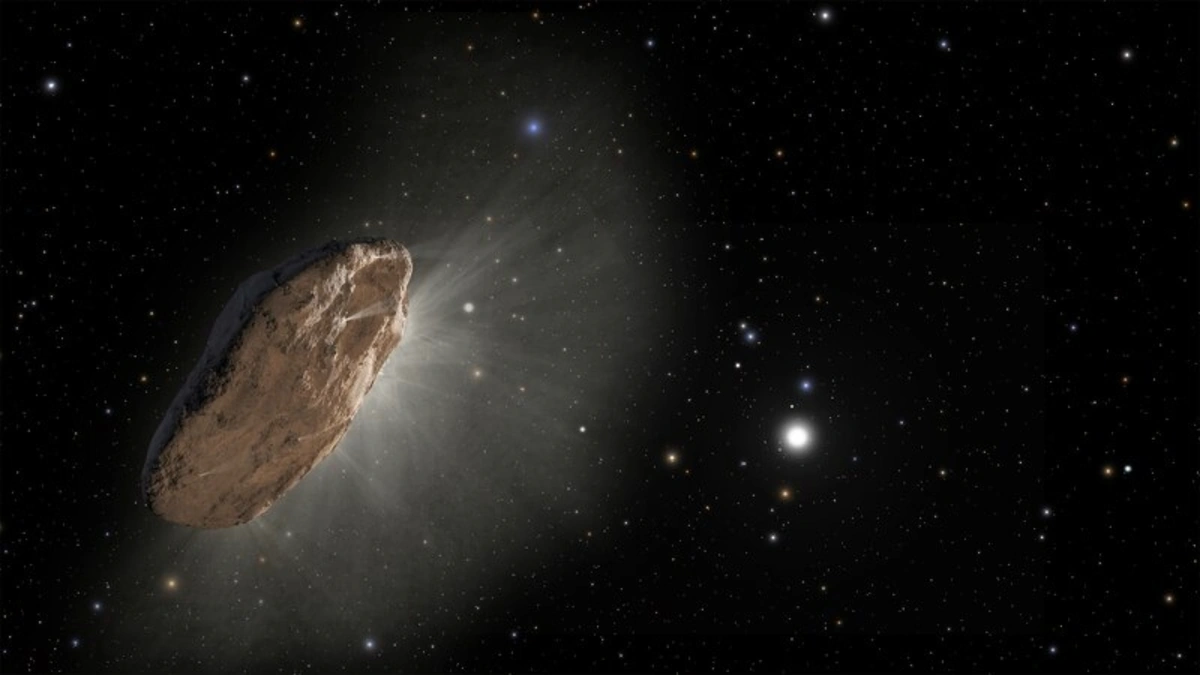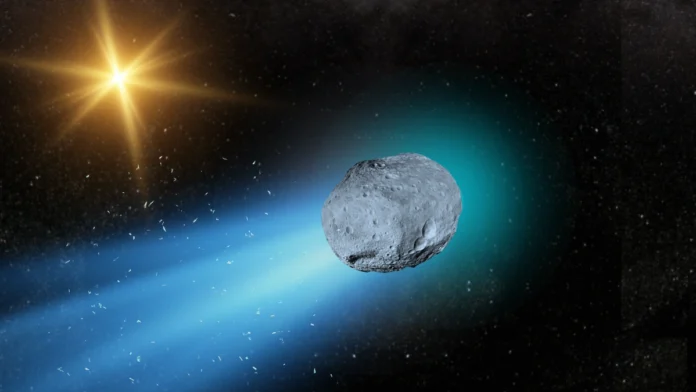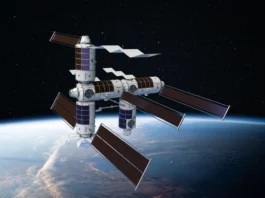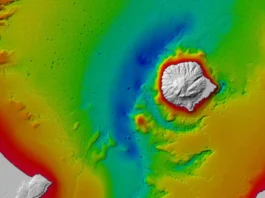Okay, let’s be honest, space can feel a little… distant. But every now and then, something whizzes by that makes even the most jaded astronomer sit up and take notice. We’re talking about interstellar visitors – objects that originate from outside our solar system. These celestial tourists aren’t just cool; they’re rewriting our understanding of how planets and comets form. What fascinates me is that each one discovered so far is different and defies predictions!
The “Why” Angle | A Cosmic Forensics Investigation

Why should you care about some icy rock hurtling through space? Well, for starters, these interstellar objects are like time capsules. They offer a glimpse into the conditions of other star systems. Imagine being an interplanetary detective, piecing together clues from a crime scene millions of light-years away. That’s essentially what astronomers are doing. They’re not just studying the object itself but what its composition and trajectory reveals about its home system. These things can help determine the age of the system, the presence of other planets, and even the types of stars that exist there.
Think about it: our solar system isn’t the only one out there. There are billions, perhaps trillions, of others in our galaxy alone. And if these interstellar comets formed in these systems, studying them is akin to studying the formation of our own. These objects are tangible evidence of processes happening light-years away that challenge our current models of planetary and comet formation. That’s why understanding these anomalies is crucial.
Oumuamua | The First Intruder
Let’s kick things off with the OG interstellar traveler: Oumuamua. This Hawaiian name means “scout” or “messenger,” and it certainly lived up to its name. Discovered in 2017, Oumuamua was the first confirmed object from another star system to pass through our own. Its discovery sent shockwaves through the scientific community.
And here’s the thing: it was weird . First, its shape was unlike anything we’d seen before – elongated, almost cigar-shaped, and definitely not your average asteroid. Second, its trajectory couldn’t be explained by gravity alone. It seemed to be accelerating slightly as it moved away from the Sun. This led to some wild speculation, including the possibility of it being an alien spacecraft. While the alien hypothesis is highly unlikely, scientists have struggled to find a plausible explanation for its behavior. One explanation proposes the outgassing of hydrogen that wasn’t easily detectable, but even that has issues.
But, Oumuamua could also be comprised of materials that are rare to our system. Its strange composition may have allowed it to endure its long journey across the stars. Ultimately, Oumuamua’s brief visit left us with more questions than answers, highlighting how much we still don’t know about planet formation in other star systems. It also gave rise to the term interstellar asteroid .
2I/Borisov | A More Familiar Face
Next up, we have 2I/Borisov, discovered in 2019 by amateur astronomer Gennady Borisov. Unlike Oumuamua, Borisov looked like a comet – fuzzy, with a visible coma (the cloud of gas and dust surrounding the nucleus). This made it easier to study its composition. Scientists found that Borisov contained a higher concentration of carbon monoxide than comets in our solar system, suggesting it formed in a colder region around its parent star. But, like Oumuamua, Borisov has its own anomalies. Scientists found that it rotated incredibly fast, and also that it ejected pebbles instead of dust. It’s almost as if it was a mashup of characteristics previously unseen in comets.
Here’s where it gets interesting: Borisov’s existence challenges some of our assumptions about comet formation. The standard model suggests that comets form in the outer reaches of a solar system, where it’s cold enough for volatile substances like carbon monoxide to freeze. However, the abundance of carbon monoxide in Borisov implies that it might have formed in a much colder environment. That in turn leads to questions about how carbon monoxide ice grains came to be.
3I/ATLAS | The Demolished Planet?
Now we arrive at 3I/ATLAS. This interstellar object was initially identified as a comet, but it showed some strange behavior that made scientists rethink that. Namely, it was initially extremely bright and then it rapidly disintegrated. It was initially thought to be from the Oort cloud of another system. However, its trajectory suggests that it’s much younger than anything in the Oort cloud.
The rapid demise of 3I/ATLAS suggests that it had a very weak structure. According to a study in Nature, it may have formed from the fragments of a shattered planet in another solar system. This interstellar comet , in essence, is made up of space dust from the collision of two or more objects. The discovery of 3I/ATLAS raises some questions about the frequency of planet-destroying collisions in other solar systems, and it is forcing astronomers to change their models on how planetary systems are formed.
What Does It All Mean?
The discoveries of Oumuamua, Borisov, and 3I/ATLAS have thrown a wrench into our understanding of planet and comet formation. The conventional models are not sufficient in explaining these objects. Here’s the thing: each one of these objects is unique. While Borisov looks like a comet, Oumuamua doesn’t. Also, Oumuamua’s acceleration also points to physics that astronomers can’t explain. Finally, 3I/ATLAS’s quick disappearance and odd composition suggests that planet formation may be extremely messy.
This means we need to refine our models. These interstellar dust particles are evidence of collisions and violent events that must be incorporated into the planet formation models. They force us to consider scenarios that were previously dismissed, such as the frequent ejection of planetesimals from young star systems or the existence of entirely new types of celestial bodies. These objects are not a contradiction, but a piece in the puzzle. Each interstellar visitor gives us more insight to space.
FAQ
What is an interstellar object?
An interstellar object is a celestial body that originates from outside our solar system and travels through it.
How are interstellar objects detected?
They are typically detected by telescopes when they pass through our solar system. Astronomers use data on their trajectory and composition to determine their origin.
Why are interstellar objects important?
They provide valuable insights into the composition and formation of planetary systems outside our own. Each interstellar traveler provides insight into how other planets may be formed.
Can we predict when the next interstellar object will visit our solar system?
No, not with certainty. Their arrival is largely unpredictable, but ongoing sky surveys increase the chances of detection.
Will we ever be able to visit an interstellar object?
It’s a significant technological challenge, but future space missions might be able to intercept and study these objects more closely.
Ultimately, the study of interstellar objects is a reminder that our understanding of the universe is constantly evolving. These cosmic travelers are pushing us to think beyond the familiar and embrace the unknown. And who knows? The next interstellar visitor might hold the key to unlocking even more profound secrets about the cosmos.




